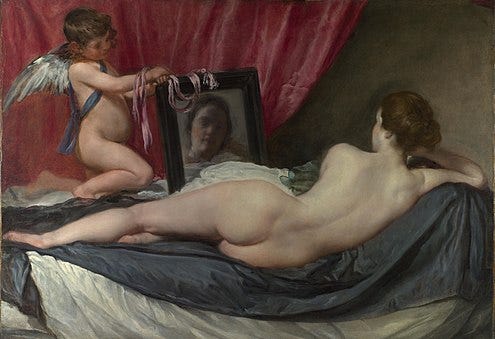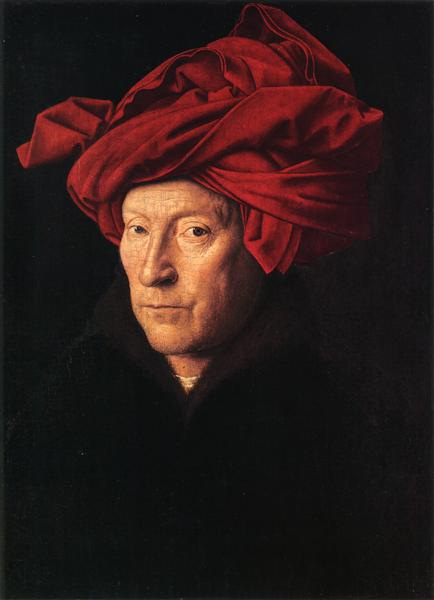For the cover of the new National Review, I dig into the phenomenon of climate protestors targeting works of art.
Climate apocalypticists regularly cite the alleged failure of politics generally in order to indict the current political order. In court remarks in September 2024, one of the activists who targeted Van Gogh’s Sunflowers celebrated efforts to “disrupt a system which is unjust, dishonest, and murderous.”
Radicalized by a sense of emergency over carbon emissions, activists have adopted more disruptive tactics. In her recent book Saving Ourselves: From Climate Shock to Climate Action, sociologist Dana R. Fisher terms these militants “shockers” and “disruptors.” While eco-vandalism doesn’t present the same clear and present danger as blocking traffic, it is a more subtle pollutant of the public square. The performance of putting works of art at risk endangers our common cultural spaces, and rationalizations for radical action can be like a radioactive isotope — causing both political and psychological deformations.
You can read the whole thing at NR, but I thought I’d elaborate here on a theme I was trying to get at in this article.
Yes, I weigh the arguments of climate-change protestors on behalf of defacing works of art (and find those arguments wanting), but—more than that—I wanted to look at the fundamental dissatisfactions of totalizing ideologies and why those ideologies are at odds with art.
Ideologies offer fundamentally systematic accounts of human life. The contours of History have been grasped, and deviations from ideological imperatives are not mere mistakes but moral and civilizational catastrophes. That perhaps is why suppression and erasure were two of the favored tools of ideological regimes in the twentieth century. And that also exposes some of the dangers of the “reckoning” that became hegemonic in many elite American cultural spaces in the 21st century. Purging Ovid from the curriculum, bulldozing statues (even of Abraham Lincoln), rendering dissenters unemployable, and similar acts of civic mayhem were obviously toxic and unsustainable.
So often, crisis is one of the biggest rationalizations for Year Zero. During the French Revolution, the Jacobins argued that the radical vulnerability of the new French republic demanded the overturning of all restraints on centralized power. It’s no surprise that the peak fervor of the “reckoning” occurred in 2020, when the pandemic response instituted emergency measures that suspended most of normal life. The seeds of an emergency purge had already been sown. Add in the political incentives to escalate dysfunction in order to defeat Trump at the ballot box—and you have the mania of 2020, which became distilled in the social politics of the Biden administration.
As I write in National Review, radical suffragettes and radical environmentalists have both attacked the Rokeby Venus by Diego Velazquez.
These attacks more broadly symbolize the tension between ideology and art. In capturing how life is, art is an anathema to an ideology that fixates on a narrow vision of how life “should” be. Because it rebukes the vanity of ideology, art is an anathema to it.
Art’s richness can’t be reduced to a single discursive “message.” The aesthetic order of a work of art grants it such complexity that grows too unruly for the empire of ideology. That’s perhaps one of the reasons why reductive accounts of a work of literature or art—ones that seek to diagnose it as only a product of “power relations”—are so often dissatisfying.
While a narrow and rigid ideological vision has seized the commanding heights of American culture, the frustrations of that ideological rule have prompted some new thinking and some new institutions. The new
exemplifies the growing appetite for critical and creative imagination beyond the ring-fence of ideology.In a portrait in London’s National Gallery (a favorite target of climate protestors), Jan van Eyck paints a picture of a man and of art in general. It’s marvelously composed, and the red turban is a bolero of color. But van Eyck does not run from mortal fragility. You can see the fine webbing of wrinkles around the man’s eyes, which echo the ornate creases of the turban. Glorious and vulnerable—that’s art. That’s humanity.






This is great! I was surprised to see it on my feed, because I just wrote a very similar article on art, propaganda, and the tryanny of propaganda. It's cool to see someone writing about similar ideas.
If you're interested, you can read it here: https://open.substack.com/pub/lauralondon/p/art-propaganda-and-the-tyranny-of?r=wt31t&utm_campaign=post&utm_medium=web&showWelcomeOnShare=false